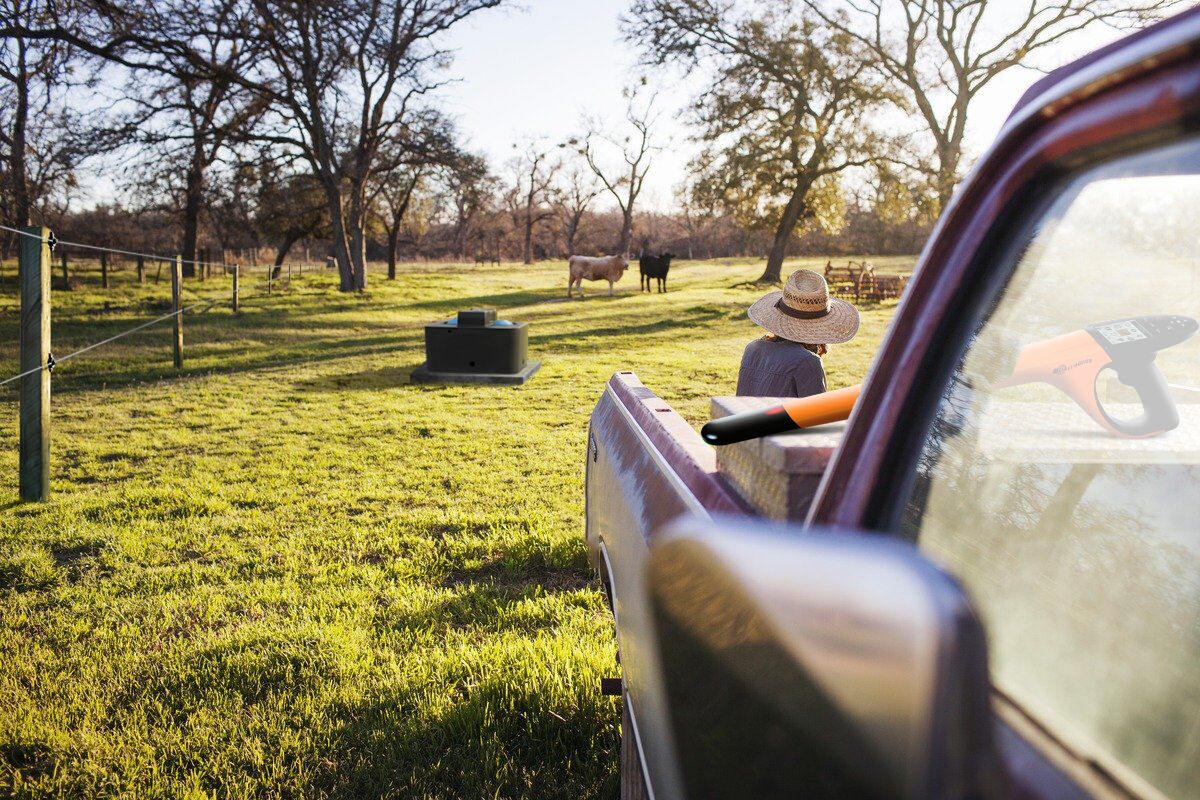Gallagher Expert Series: Strategies for Water Management on Farms
Sunday, 04 May, 2025

Water plays a crucial role in sustainable grazing management and overall ecosystem health. It not only supports the growth of plants but also enhances the soil’s capacity to store carbon and retain moisture. Proper management of water resources leads to increased plant cover, which in turn boosts photosynthesis, forage production, and carbon sequestration. This interconnected relationship highlights the importance of thoughtful water placement and infrastructure in grazing systems, ultimately promoting healthier soils, livestock, and a more resilient agricultural landscape.
Water is a natural coolant. By improving grazing management and storing more carbon in the soil, we are cycling more water. Water allows us to do good grazing management, which increases photosynthetic pathways in plants. We know that increased plant cover captures and sequesters carbon in the soil and increases soil water storage, but did you know that, for every one percent of organic matter, the soil can store an additional 25,000 gallons of available water, forming a soil carbon sponge?
Increased available water and more photosynthesis increase forage production and carbon sequestration, which creates a perpetuating cycle. Increased available water increases grass cover of the soil, cooling the paddock surface up to 30 degrees Fahrenheit, increasing infiltration, reducing runoff, and improving soil health.
It’s easy to forget that water is also the most important nutrient for livestock. Cattle need four to six times more water than food! By improving water access and water quality, you’ll increase gains, reduce disease, and improve livestock and soil fertility.
Even with all of this evidence of the benefits of putting time and resources into your farm’s water system, water is often the weakest link in grazing operations. Locating the water properly improves grazing distribution and grass utilization, improves manure and urine distribution, and reduces animal trailing. With an animal’s weight consisting of 50-80 percent water, water access and quality are vital for your grazing system to succeed.
Water Placement in Grazing Systems
Water placement is key to improving grazing management, and fencing layouts should be designed to utilize existing water sources. Pipeline water allows the producer to place water where they prefer it to be, say on a ridge top where water hasn’t likely been in the past. Pipeline water should be located, at a minimum, in every other fence line.
When designing paddock layouts, we recommend placing a quick coupler, waterer, or hydrant within 100’ of where paddocks come together.
In order to determine water placement in your grazing system, first, estimate the average size of a paddock you need for your planned rotation.
If you’ve estimated you’ll need 3-acre paddocks, multiply 3 x 43,560sq ft per acre. Now divide by the width of the paddock. In this example, we’ll use a field width of 435’. Now, you’ll place a temporary fence every 300 ft for a 3-acre paddock. So, if you want a water point in every other paddock space, place water connects 600’ or less apart. If in doubt about where to space water connects, I find every 400’ to work well.
Water for Milk Production
Since milk is almost 90% water, it’s understandable that animals with high milk production have higher water needs. Succulent forage in high-rainfall areas can contain 70% or more water, which significantly contributes to the water needs of livestock. Animals in these regions require a large gut capacity to accommodate this additional water, so selecting adapted animals is crucial. Remember that water acts as a universal solvent; the body depends on water for proper absorption of nutrients.
This article was written in collaboration with expert agricultural consultant Greg Brann
Greg Brann Consulting is renowned for Greg’s extensive knowledge of soil health, grass and livestock management systems, and plant identification. With over 40 years of experience in land and pasture management, Greg has developed tailored land management plans that offer practical ideas to help clients achieve their goals. With a BS degree in Plant and Soil Science and extensive experience as the State Grazing Land Soil Health Specialist, Greg brings a wealth of knowledge to his role.